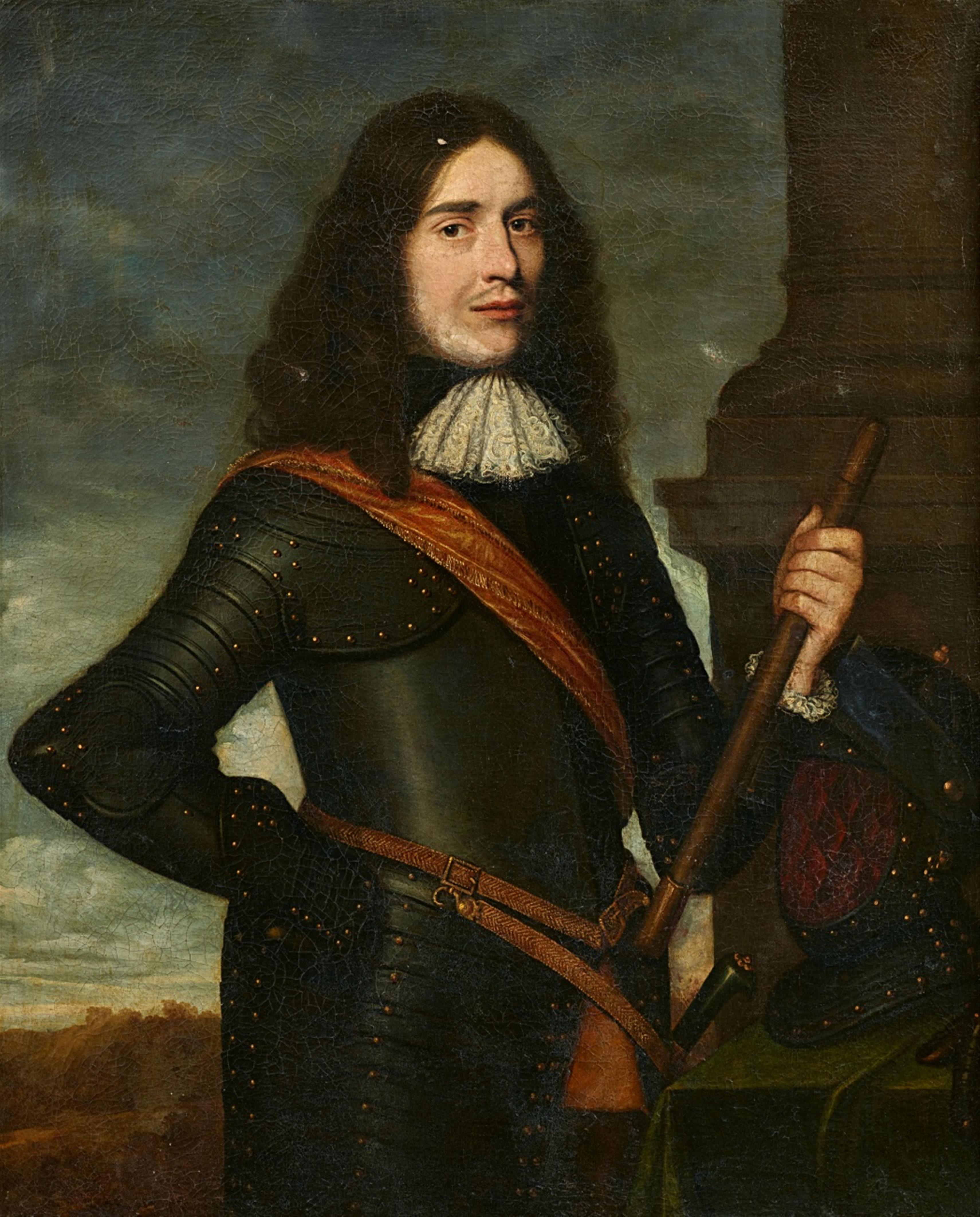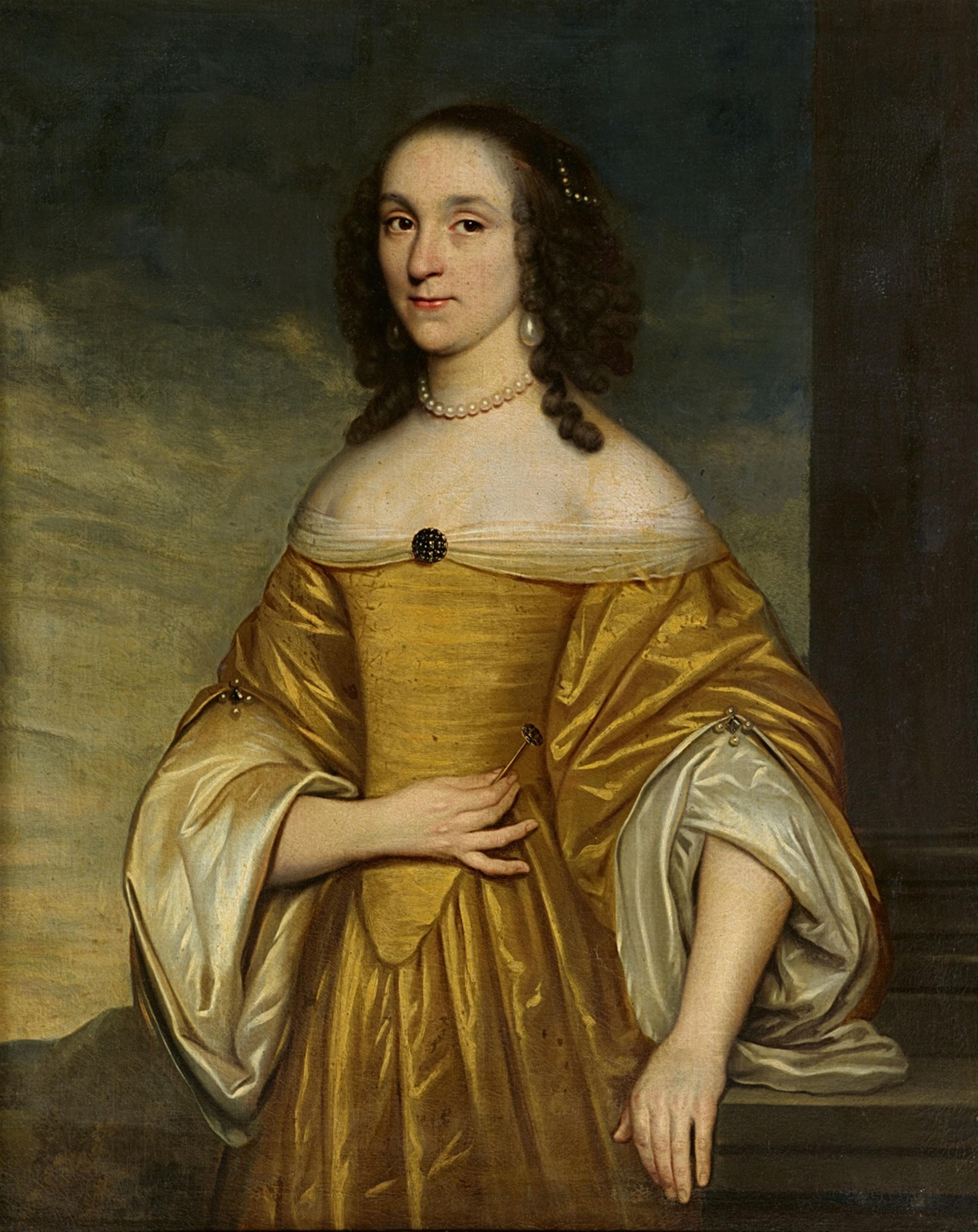Pieter Nason
Portrait of Adriaen van Slijp(e)
Portrait of Elisabeth van Slijp(e)
Oil on canvas (relined). 111.5 x 91 cm and 111.5 x 91.5 cm.
His portrait signed upper right: P Nason (P and N conjoined), hers signed and dated lower right: P Nason (P and N conjoined) 16 [the two last digits illegible].
With old labels on the backs of the stretchers inscribed “Leut Colonel Adriaen van Slijpe / Kinderloos overladen” and “Elisabeth van Slijpe / getr. met Johan van Roer“.
According to these hand-written inscriptions, the sitters depicted in these works are half siblings of the Slijp(e) family from Friesland who later settled in Maastricht. Adriaen was the son of Rogier Adriaensz. Slijp (died 1634) and his first wife Trijntie Stephensdr., whereas Elisabeth was born to his second wife Beatrix van Lennep. She later married Jan (Johan) van de Roer (died 1673). Adriaen van Slijp became captain of a Friesian company in 1624 before being appointed major in 1639, and lieutenant colonel of the 2nd infantry regiment of the army of Friesland-Nassau in 1646. Members of the family, which died out in 1879, also held the office of mayor of Maastricht several times throughout the 18th and 19th centuries.
The magnificent breastplate and baton in his portrait testify to Adriaen van Slijp's rank as a military commander. The portrait of his sister in turn reflects her high social standing, depicting her in an elegant yellow silk gown and sumptuous pearl jewellery. Both portraits follow a popular compositional scheme for portraits in which the sitters are shown in three-quarter view against a landscape backdrop with a column as an additional symbol of sovereignty. Pieter Nason, the author of both these works, was born in Amsterdam but moved to The Hague, seat of the Dutch parliament and the Stadtholder, in circa 1638/39. He created numerous portraits of the city's finest citizens, foreign diplomats and high-ranking officers from aristocratic families.




